Aimee’s Journey: Suppressing Anxiety and POTS with Nurosym
Struggling to Find Answers for Debilitating Symptoms Distrupting Aimee's Daily Life as a Mother
For years, Aimee battles Postural Orthostatic Tachycardia Syndrome (POTS), a form of dysautonomia that disrupts the body’s autonomic nervous system. With symptoms ranging from tachycardia and dizziness to severe anxious states and fatigue, POTS impacted every aspect of her life. As a mom to young children, her days were filled with responsibilities that became even more challenging to manage alongside her condition.
“I live with POTS… a form of dysautonomia that causes orthostatic intolerance, excessive tachycardia, fatigue, headaches, lightheadedness, heart palpitations, and other symptoms upon standing,” Aimee explains.
Her mornings were often the most challenging, leaving her in pain, overwhelmed, and struggling to start the day. Even after receiving a diagnosis—an arduous process that took years—relief felt out of reach.

“When I stand up, my body reacts as though I’m under immediate stress, causing my heart rate to spike and leaving me feeling lightheaded and weak,” Aimee explains.
What compounded the problem was the cyclical relationship between anxiety and POTS: stress and anxiety worsened her symptoms, while the physical discomfort increased her mental strain.
Stuck in "Fight or Flight" response
The underlying mechanism of POTS involves impaired autonomic function, particularly the body’s inability to regulate blood flow and heart rate effectively. This dysfunction often stems from issues with the vagus nerve, a central component of the parasympathetic nervous system that regulates processes like heart rate, digestion, and the stress response.
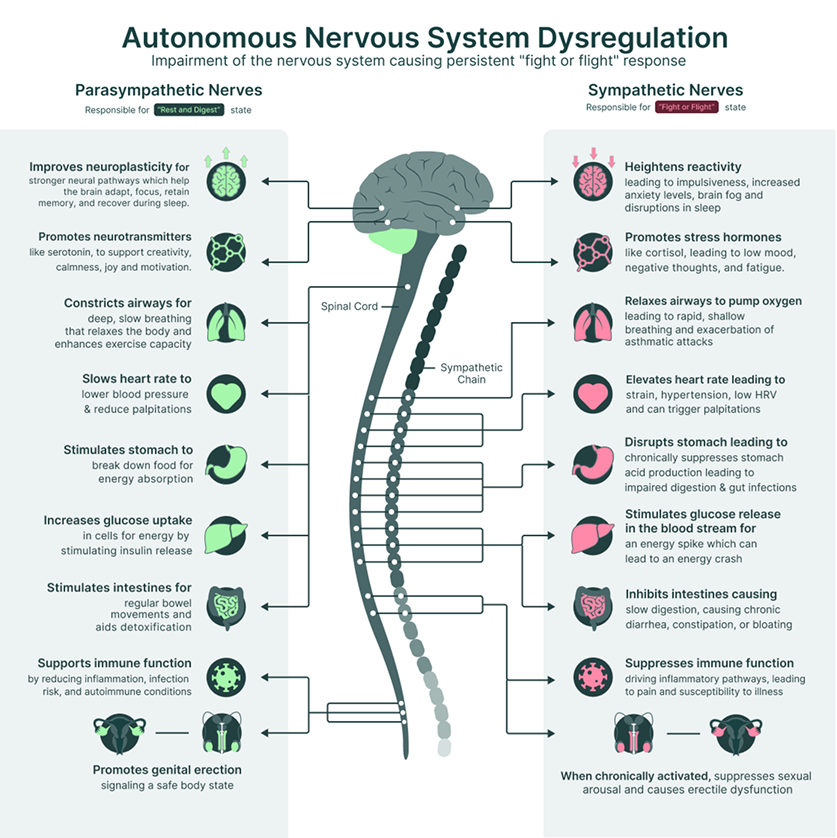
Coping With Acute Episodes
Aimee’s day-to-day experience was punctuated by acute episodes—moments when her symptoms would spiral. These episodes were characterized by heart palpitations, tremors, and a sudden overwhelming sense of anxiety.
“It’s like my body is stuck in a constant fight-or-flight mode,” she shares. “Even small triggers, like standing for too long, can set off an episode.”
During these moments, her body’s inability to self-regulate left her feeling powerless. The episodes not only disrupted her ability to complete tasks but also created a sense of apprehension about when the next one might occur.

Years of Trial and Error With Little Success
Aimee had explored many conventional strategies to manage POTS. She increased her salt and water intake to improve blood volume, wore compression socks to support circulation, and tried medications aimed at controlling her symptoms. While these methods provided some relief, they were far from comprehensive.

“I was doing all the things they recommend—salt, water, compression socks—but it just wasn’t enough,” Aimee recalls. “I was still experiencing episodes daily and struggling to get through normal activities.”
Medications, while sometimes effective, often came with unwanted side effects, leaving Aimee searching for non-invasive, sustainable alternatives.
Introducing Nurosym: A Targeted Solution for Autonomic Regulation
When Aimee discovered Nurosym, she was intrigued by its non-invasive approach to addressing autonomic dysfunction. Nurosym is a neuromodulation device that stimulates the vagus nerve, which plays a key role in autonomic regulation.
The vagus nerve serves as a communication highway between the brain and the body. In individuals with POTS, reduced vagal tone can exacerbate autonomic imbalance, leading to symptoms like irregular heart rate and heightened anxiety. Nurosym works by delivering gentle electrical stimulation to the vagus nerve through the tragus of the ear, promoting parasympathetic activity and restoring balance.
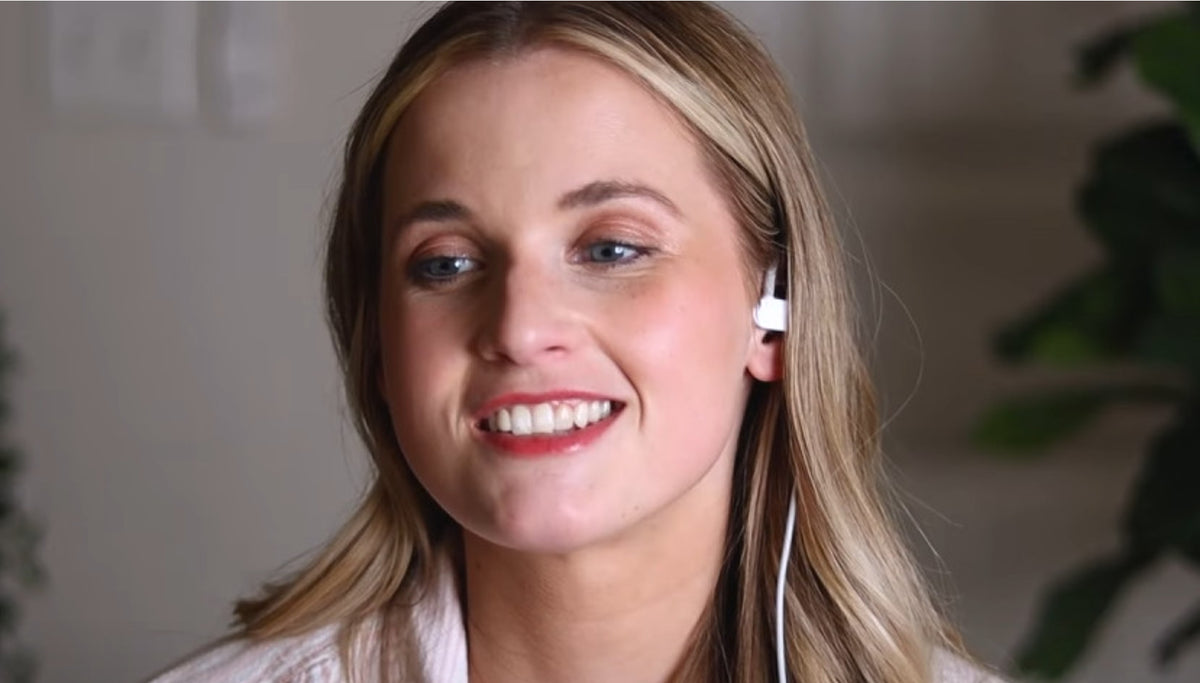
“Clinical research shows that vagus nerve stimulation can improve heart rate variability, reduce the fight-or-flight response, and enhance overall autonomic function,” Aimee explains.
Results from 50+ Nurosym Scientific Studies
35% reduction in Anxiety Symptoms
*Studies have demonstrated that pre-existing conditions such as anxiety further heighten the risk of conditions associated with chronic inflammation. Research on the Nurosym neuromodulation system has shown that it activates the vagus nerve, leading to a reduction in anxiety and stress responses. This targeted stimulation of the vagus nerve increases vagal tone and inhibits cytokine production in the inflammatory process. Both are important mechanisms for anxiety resilience.
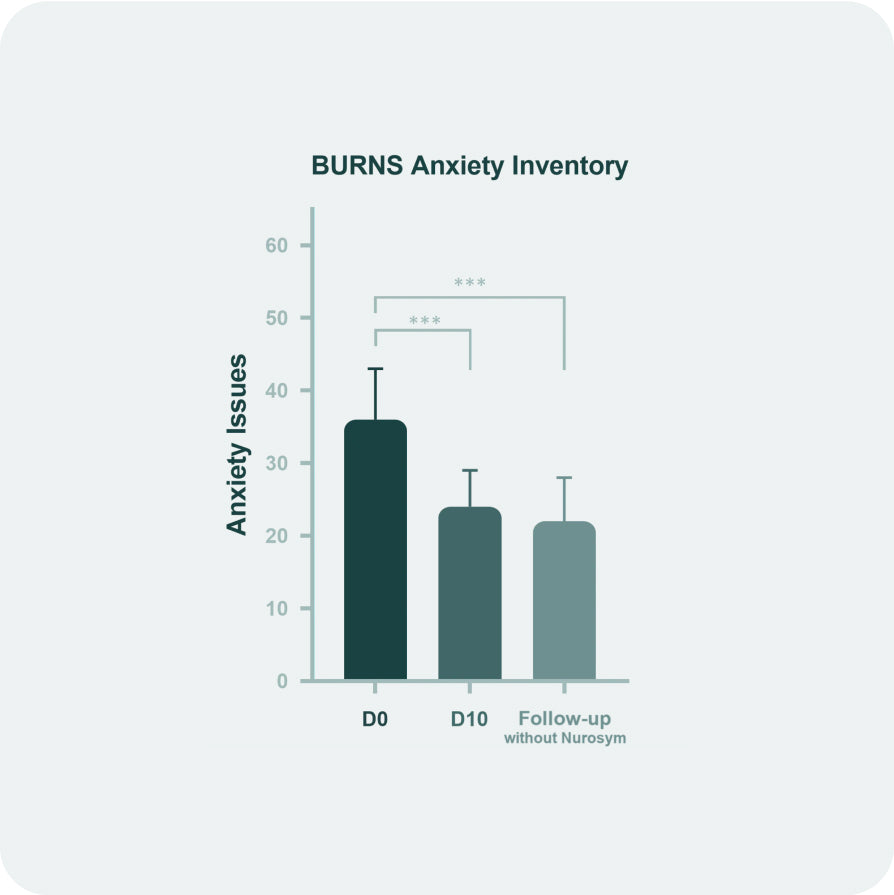
40% reduction in POTS Symptoms
*People who suffer from POTS or tachycardia have diminished size vagus nerves. Research team discovered that POTS symptoms were significantly lessened in people receiving Nurosym — 15 beats less per minute compared to the placebo group. Additionally, the active group showed lower levels of anti-autonomic autoantibodies (specifically α1-AR and β1-AR)(Figure) Comparison of Orthostatic Tachycardia between Nurosym neuromodulation and placebo stimulation after a 2-Month.
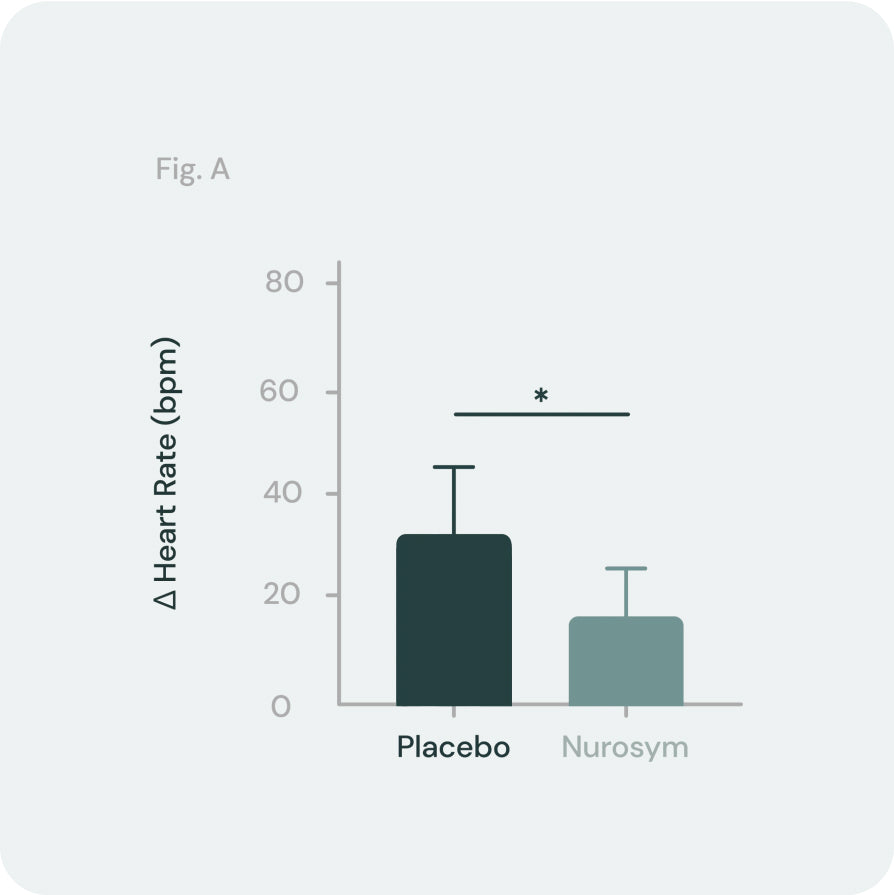
61% increase in Vagus Nerve Activity & improved Heart Rate Variability
*The parasympathetic nervous system is the body’s internal relaxation & rest mechanism. HRV is an indicator of Vagus Nerve activity. Improving these parameters of HRV indicates targeted stimulation of the vagus nerve and activation of psychophysiological self-repair mechanisms. In a clinical trial, a one-hour session of Nurosym favourably altered all parameters of Heart Rate Variability (HRV), when compared to a placebo.
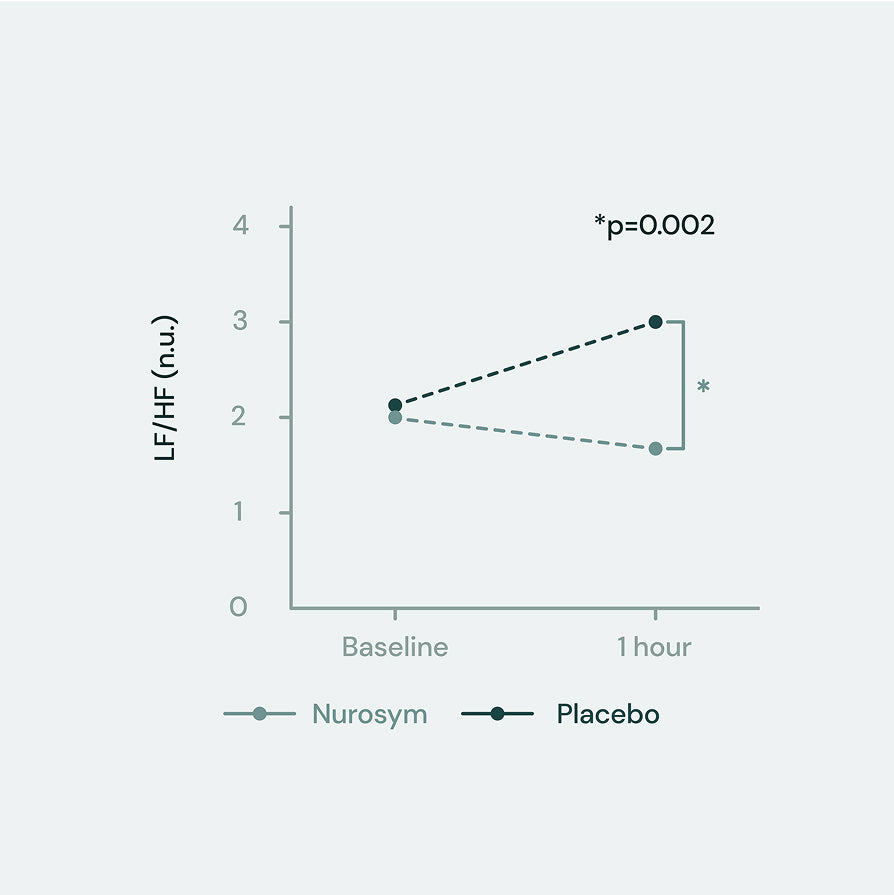
The device is user-friendly, consisting of a small clip that attaches to the ear and connects to a control unit. Aimee describes her routine with the device:
“You simply moisten the area, attach the clip, and adjust the settings until you feel a gentle tingling sensation. It doesn’t hurt—it’s actually quite calming... I usually set it at 27, twice a day for 30 minutes”
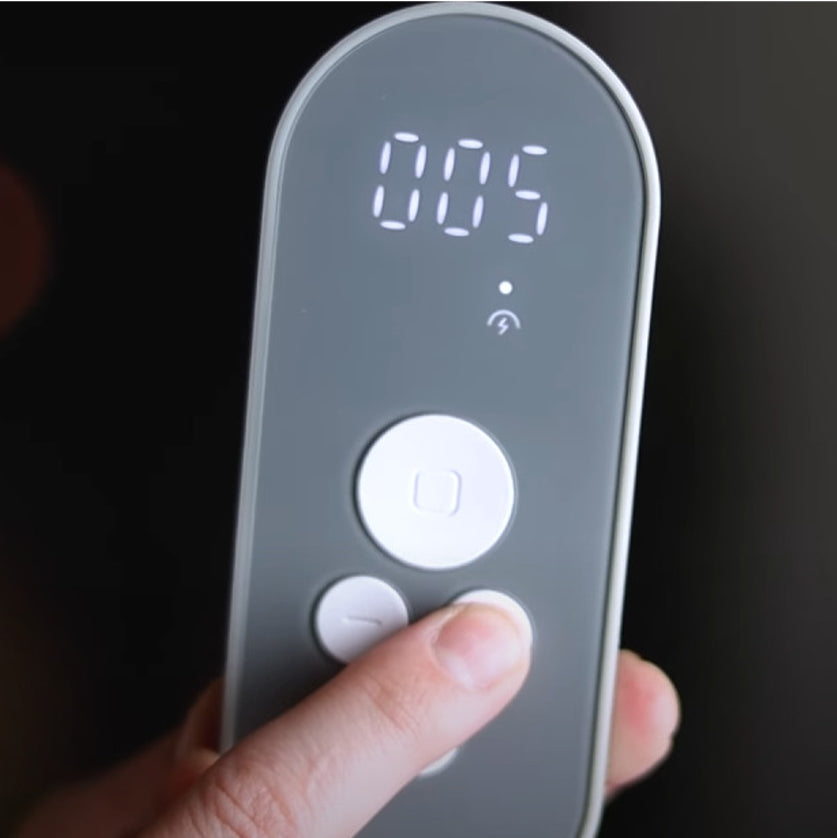
How Aimee Incorporates Nurosym Into Her Routine
Aimee uses Nurosym in three specific ways to address her ongoing symptoms:
Morning Use:
Aimee begins her day with a 30-minute session. “Mornings are when my symptoms are most severe—my heart rate is all over the place, and I feel anxious before I even start the day. Using Nurosym helps stabilize my system and reduces that overwhelming feeling,” she explains.
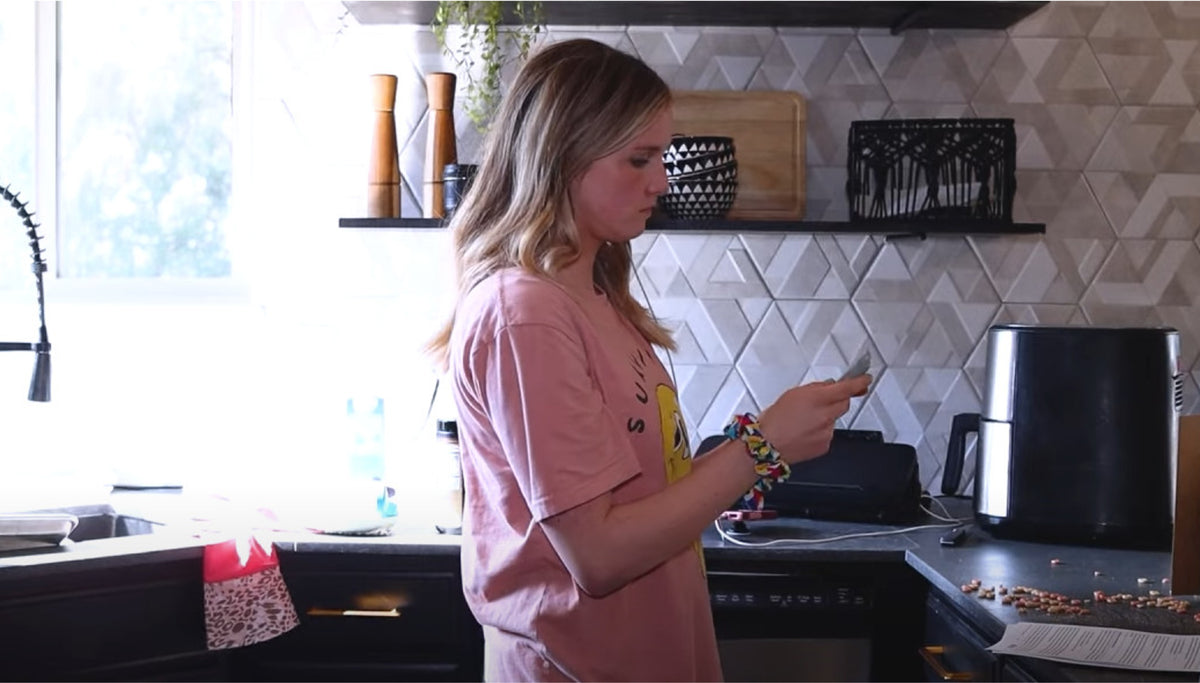
During Acute Episodes:
When she feels an episode coming on, Aimee turns to Nurosym as an immediate intervention. “I can feel my heart rate calming down almost instantly,” she shares. “It helps me regain control and prevents the episode from escalating.”
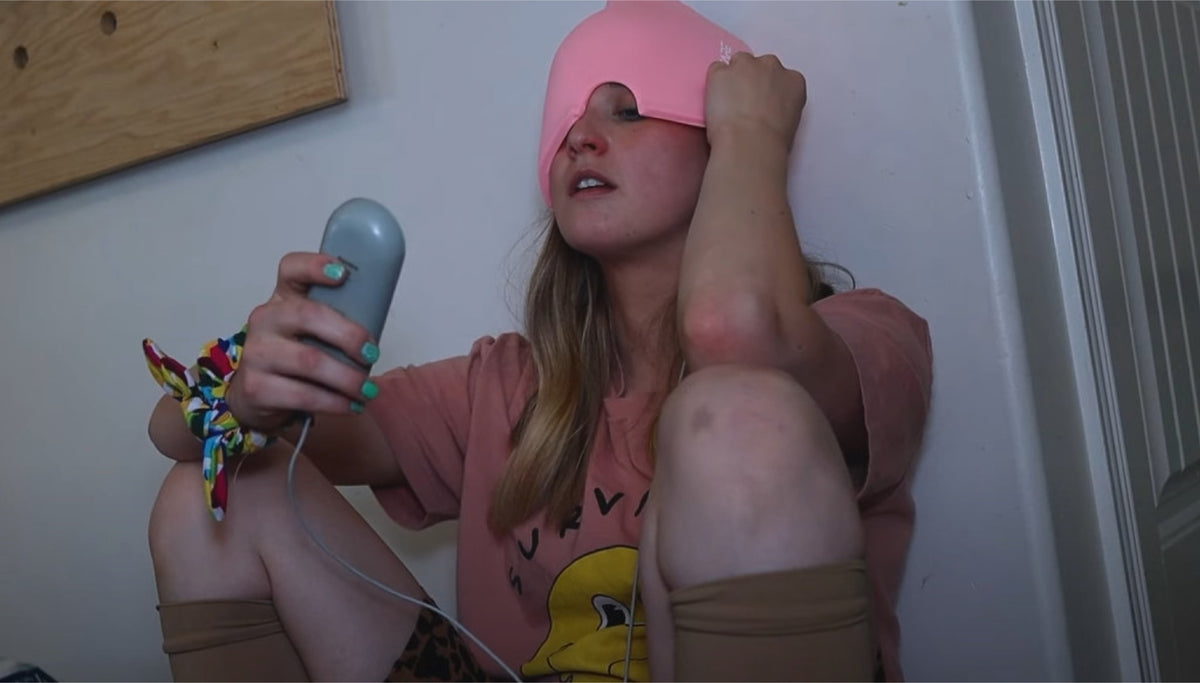
Before Bed:
Evenings are another critical time for Aimee, as restful sleep is essential for managing her symptoms. “When I use Nurosym before bed, I notice a huge difference. My mind is calmer, I fall asleep faster, and I wake up feeling less restless,” she says.
By tracking her heart rate and noting her symptoms, Aimee has observed tangible improvements. She describes feeling more in control of her condition, even during challenging moments.
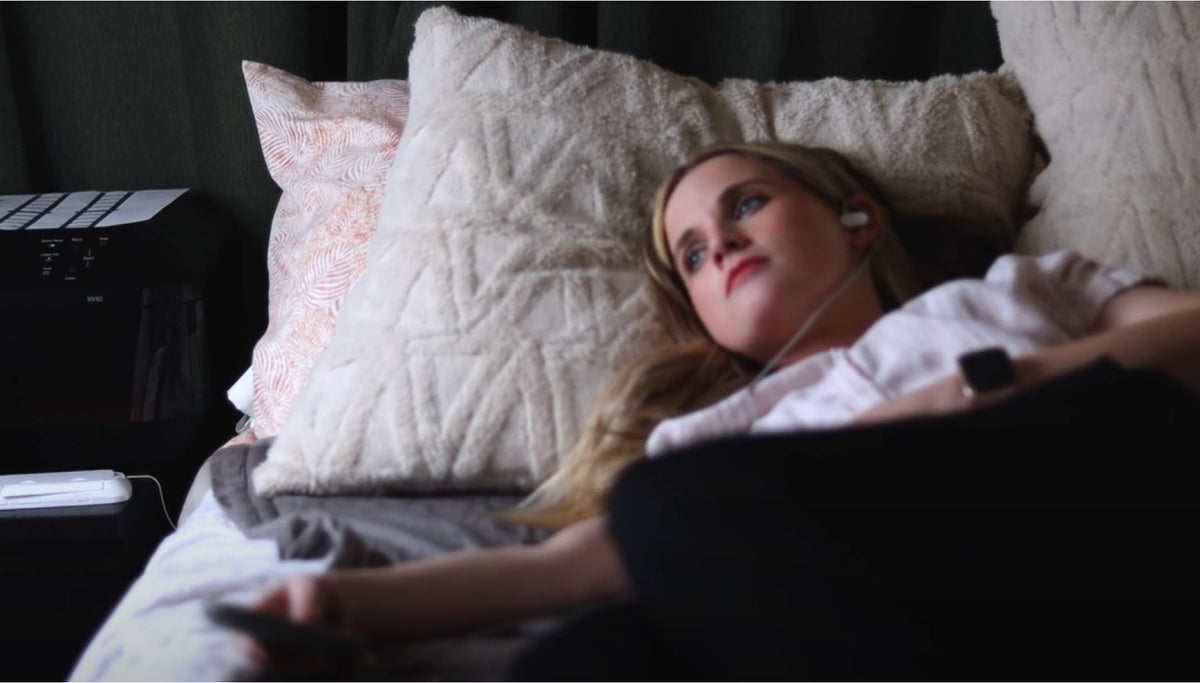
A Scientific Perspective:
Why Nurosym Works
The efficacy of Nurosym lies in its ability to enhance vagal tone, a marker of parasympathetic activity. Improved vagal tone is associated with better heart rate variability, reduced inflammation, and greater resilience to stress.
In POTS patients, these benefits are particularly significant. Enhanced vagal activity helps regulate cardiovascular responses to changes in posture, reducing the dramatic heart rate spikes that define the condition.
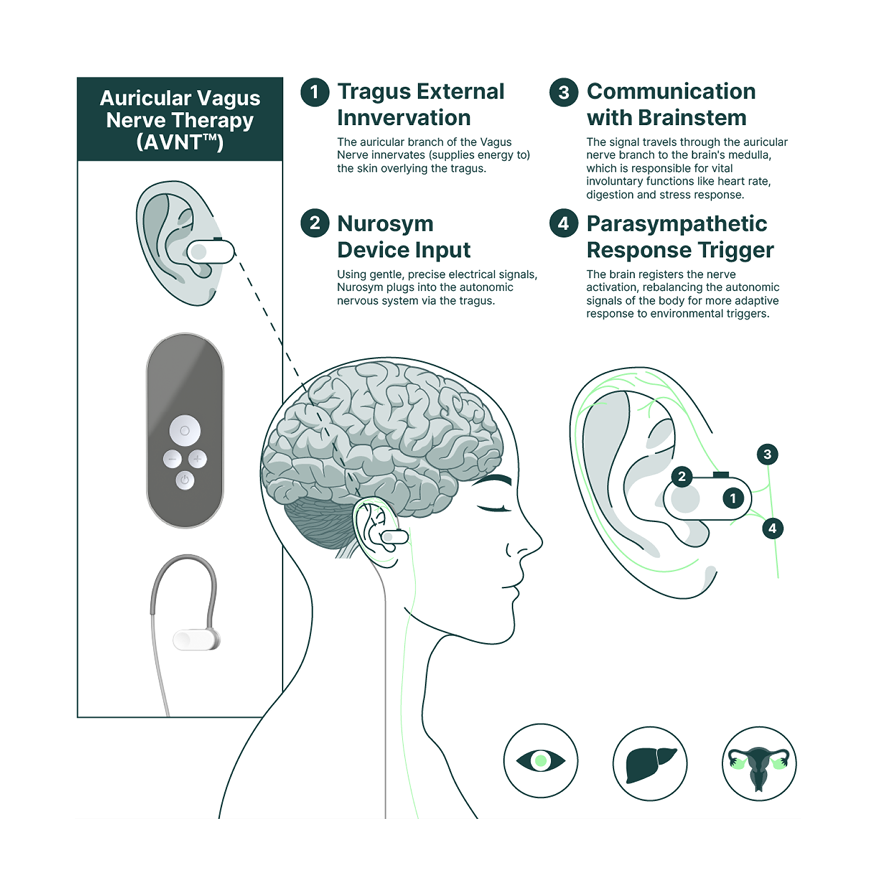
Additionally, the calming effects of vagus nerve stimulation mitigate the chronic stress response, breaking the cycle of anxiety and symptom exacerbation.
“Nurosym’s impact is backed by over 30 peer-reviewed studies and partnerships with institutions like UCLA and Harvard,” Aimee highlights. “It’s a safe, evidence-based option that fits seamlessly into my routine.”
Transformations and Enhancements in Aimee's Daily Life
Since incorporating Nurosym into her daily schedule, Aimee has experienced significant improvements in her quality of life. While POTS remains a part of her reality, the device has helped her manage symptoms more effectively, allowing her to focus on her role as a mother and her daily responsibilities.
“I feel more balanced and less overwhelmed,” she reflects. “It hasn’t cured my POTS, but it’s made a noticeable difference in how I manage it day-to-day.”
Aimee also values the device’s adaptability. Whether she’s preparing breakfast for her children or winding down before bed, Nurosym integrates seamlessly into her routine without interrupting her day.

Looking Forward
Aimee’s journey with POTS is ongoing, but she’s optimistic about the future. Nurosym has given her a tool to address the underlying mechanisms of her condition, providing a foundation for long-term symptom management.
“I feel like I’ve found something that truly complements the other strategies I’m using,” she says. “It’s empowering to have a solution that works with my body, not against it.”
For individuals like Aimee, advancements in neuromodulation offer hope, proving that even complex conditions like POTS can be managed with the right tools and a consistent approach.
